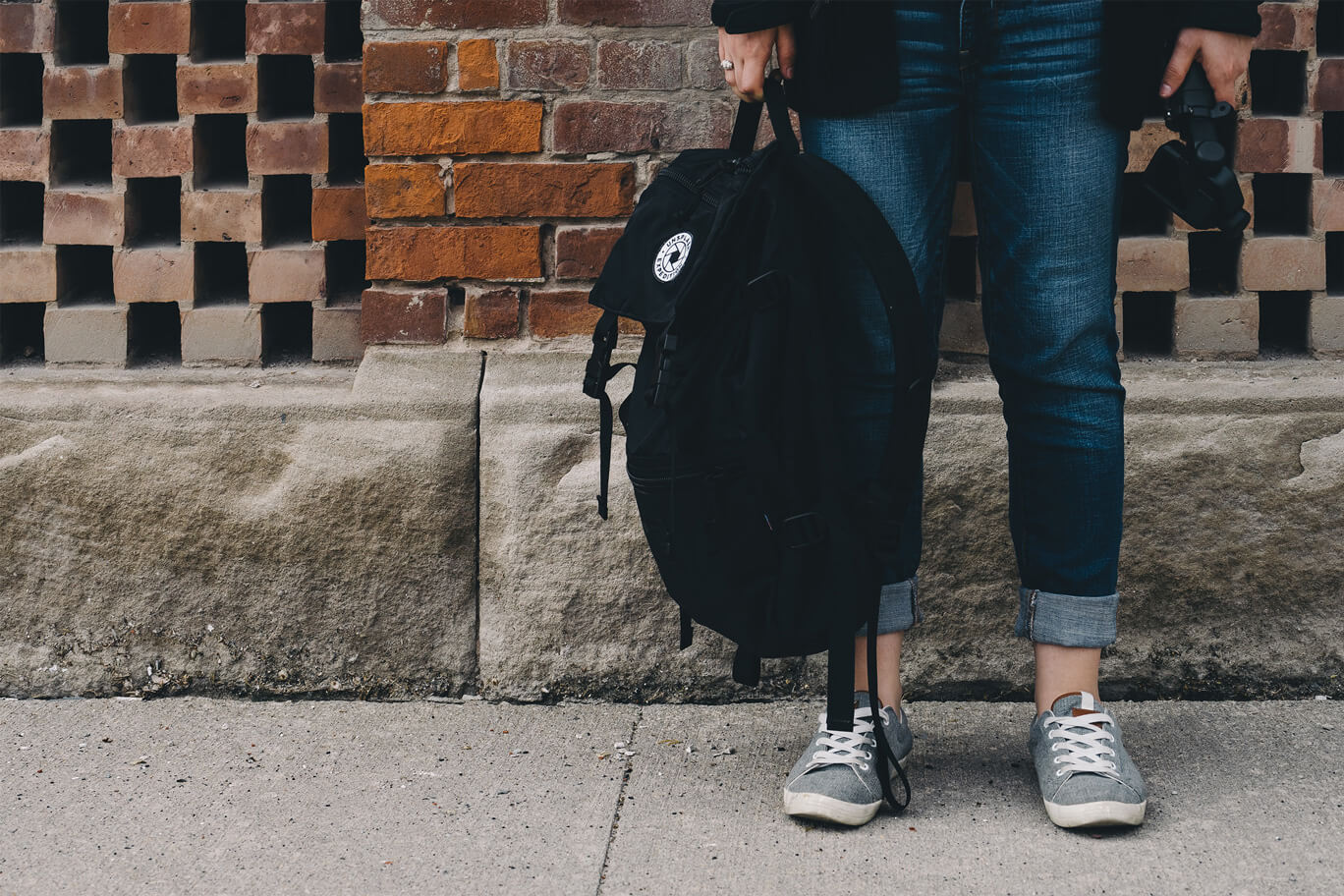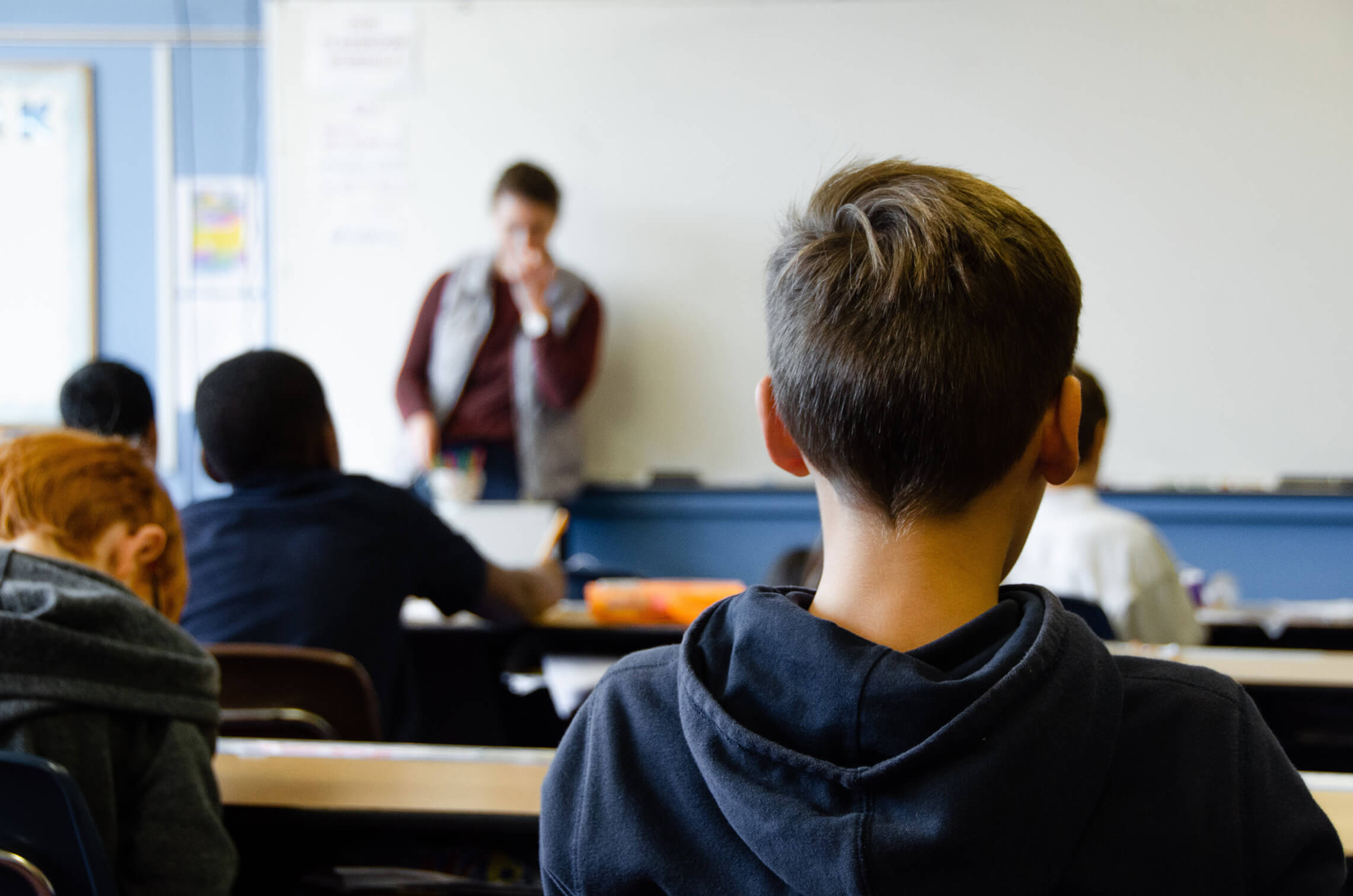

We can – and must – do even more to identify our vulnerable students
Jane – not her real name – was classic “Head girl material”. She was popular, sporty and an A* student. Best of all, she exuded confidence, or so we thought.
At the time, I was head of a school that was trying out a new tool to measure, track and ultimately improve our students’ mental health and self-regulation – STEER Tracking. The results for Jane’s year group were just in and my senior leadership team and I sat down one rainy lunchtime to pore over the results.
We scanned the data and then looked quizzically at it. The tool had flagged Jane as a student whose mental health we should keep a close eye on. A few of my colleagues sat back in their chairs – it was the proof they were looking for that this whole exercise was a bit of a waste of time. As the school’s biggest advocate for the new tool, I squirmed and quickly moved on to the other students it had identified.
A fortnight later, totally out of character, Jane walked off the school premises in the middle of the day. When we found her, it emerged that she’d been the sole carer of her brothers and sisters for months. The burden of schoolwork, childcare and household chores had finally taken its toll.
It was then that I vowed that wherever I became a headteacher, there’d never be another Jane. I promised myself that I’d have a better handle on the pastoral needs of my students and that while I’d continue to trust my instincts, I’d continually question them too.
Jane is no longer a student of mine. Since then, I’ve been a head at three schools, a school inspector and a senior education consultant and I know from what I’ve seen that we can – and must – do better at identifying and supporting students who are desperately trying to conceal their mental health struggles.
It’s far from easy; in fact, it’s getting harder. Increasing numbers of students, particularly girls, now go to ever greater lengths to mask their signs of distress, making it much more tricky for teachers and education staff to identify and help them.
While 60% of secondary school girls concealed their inner doubts before the pandemic, an alarming 80% do so now.
All this means that as teachers, pastoral staff and school leaders, we can no longer expect to identify our vulnerable students using the methods we’ve always used.
It’s simply not enough anymore to go on what we observe of our students’ behaviour, their attendance, engagement, what we know of their home life and our gut feelings. I know many schools use student voice tools, such as online surveys and chat hubs, to identify vulnerable students, but I’ve found that these too often fail to spot the ‘hidden middle’ – those students who, for example, may be showing early signs of self-harm, bullying, anxiety or unhealthy self-control.
I’m still a passionate advocate for the tool that identified Jane. In fact, I’ve successfully rolled out STEER Tracking in each of the schools where I’ve been head. For me, it’s the final piece of the jigsaw – the one that may well affirm the observations and hunches of hard-working pastoral staff or question what we think we know about our students’ home lives. Most importantly, the tool is devised so that it’s extremely hard to game and comes with a whole host of suggested interventions for any student who is identified.
It’s a relief to know how far we’ve come in the 30 years since, as a newly-qualified teacher, I was told to ‘check my Year 11 form were ok’ with almost no training whatsoever. Now is the time to use the tools we have and, despite their attempts to pretend otherwise, to do much more to identify the Janes (and Johns).
Simon Antwis has been a headteacher of three schools, as well as a school inspector. He is STEER Education’s Senior Education Consultant.






